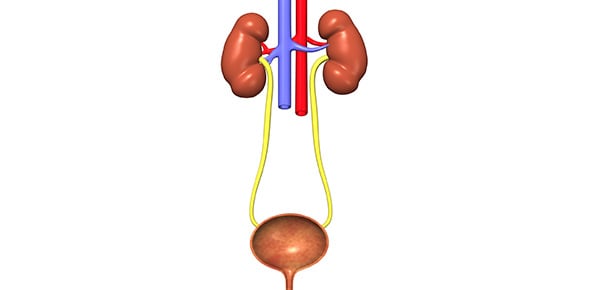Medical Terminology -- Urinary
- CPT
- ICD-10-CM
2.
You may optionally provide this to label your report, leaderboard, or certificate.
×
Thank you for your feedback!
















